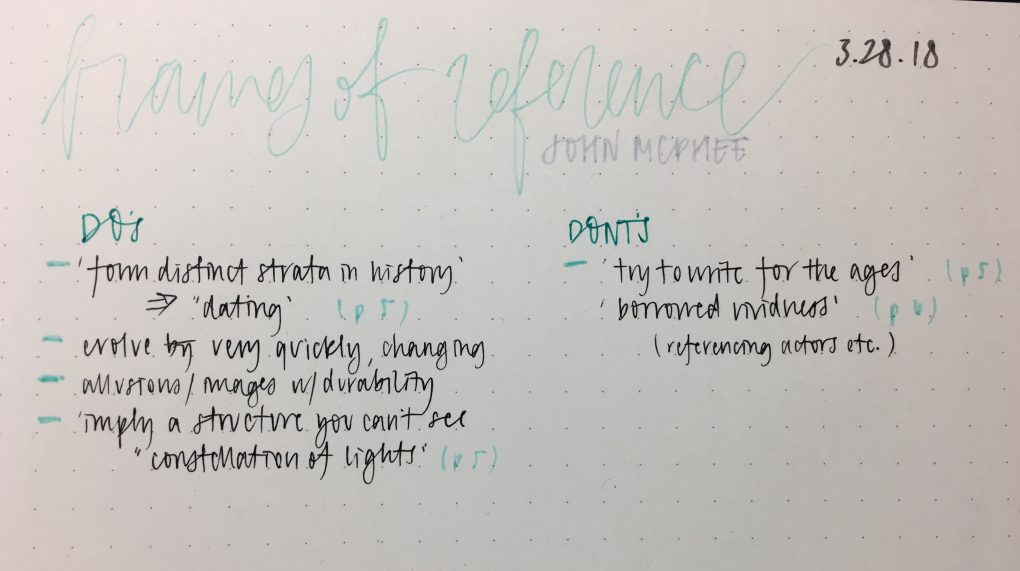Month: March 2018
Int. Seminar: History
https://library.hunter.cuny.edu/old/sites/default/files/pdf/finding_aids/Lenox_Hill_Neighborhood_House_Collection.pdf
Lenox Hill Neighborhood House
-Many working class families (Germans/Austrians/Hungarians/Czechs/Irish/Italian) moved into tenements (late 1800s)
- this causes social issues due to influx in population (housing/healthcare/education)
- 1886 1st settlement house created, “Toynbee Hall” (educate and provide social serves)
Settlement house: (Toynbee Hall) 1894 another building established called “Alumnae Settlement”, has programs such as women’s groups, civics clubs, cultural events
1911 renamed Lenox Hill Settlement Association, for the whole community. Benefactors include Rockefellers, Morgans, Pierreponts
1919 another building added, United Community House (Children’s House)
1928 new building which houses Lenox Hill Neighborhood Association (LHNA)
1930s during Depression LHNA collaborates with Red Cross and also has food/milk programs
1940s wartime they make bandages and have day cares (James Boswell, Kathryn Oswald, and Jule Bouchard are directors)
1950s gentrification, real estate developers want to build luxury high-rises, LHNA establishes Lenox Hill Housing Services to help displaced owners, work with NYC Housing Authority to make two “moderate income housing projects”
1994 renamed Lenox Hill Neighborhood House, continues to serve over 20,000 people in the community every year
http://www.nyhistory.org/exhibit/robert-lenox-1759-1839
Painting of Robert Lenox (Scotish owner of 30-acre farm that Lenox Hill gets its name from) from Kirkcudbright, Scotland and came to America pre-revolution
https://www.oldnyc.org/#714078f-a
“421 East 61st Street, north side, between First and York avenues. This building was built in 1799 by William Stevens Smith for his wife, the daughter of John Adams, President of the United States.”
1799 was constructed as a carriage house
1826 was made into a type of “resort” for wealthier people to “escape from the business of the city”, people could swim and fish in the East River
Int Seminar 2 : Annotated Biblio
Ali Madanipour, “Introduction,” in Whose Public Space?: International Case Studies in Urban
Design and Development, (London and New York: Routledge, 2010).
This reading discusses that public spaces mirror the changes in the urban societies they rest in. It has criteria for public spaces, accessible places and inclusive processes. It also tells about the processes of designing, development, management and use of a public space.
Cristina Moretti, “Walking,” in A Different Kind of Ethnography: Imaginative Practices and
Creative Methodologies, Culhane, Dara, and Denielle Elliott, (Toronto: University of
Toronto Press, 2017): 92-104.
This reading discusses the act of walking through a public space as means of research. The author sees walking as an ethnographic approach, a way of inhabiting, researching, and representing. Public space is an object of research, a means to make an impact on people.
Gregory Colomb, Williams, Joseph, and Booth, Wayne, “From Topics to Questions,” in Craft of
Research, (Chicago: University of Chicago Press, 1955): 35-50.
This reading explores the steps to research, which starts with an interest, that leads to a research topic, a question that addresses a significant problem, that leads to guided and focused research. For example, it guides the reader in how to choose a topic, which are considered too broad or well-focused, as well as key words that are helpful to use when wording your statements.
Kelly Anderson, and Dean, Allison. My Brooklyn. Directed by Kelly Anderson (2012; New York
City).
This documentary tells the histories of many areas in Brooklyn such as Red Hook, Bedford-Stuyvesant, and Flatbush Tillary. It gives a voice on the gentrification the area was subject to, turning the homes of African Americans into high-rise residential buildings and forcing them to evict.
Sharon Zukin, Naked City: the Death and Life of Authentic Urban Places, (Oxford University
Press, 2009).
This reading mainly focuses on the history of Union Square. In a broader scope, how public spaces are usually run by private associations of rich patrons. Prominent ones include the Business Improvement Districts and Local Development Corporation. Privatized control creates difficulty for democracy and can lead to political protest.
